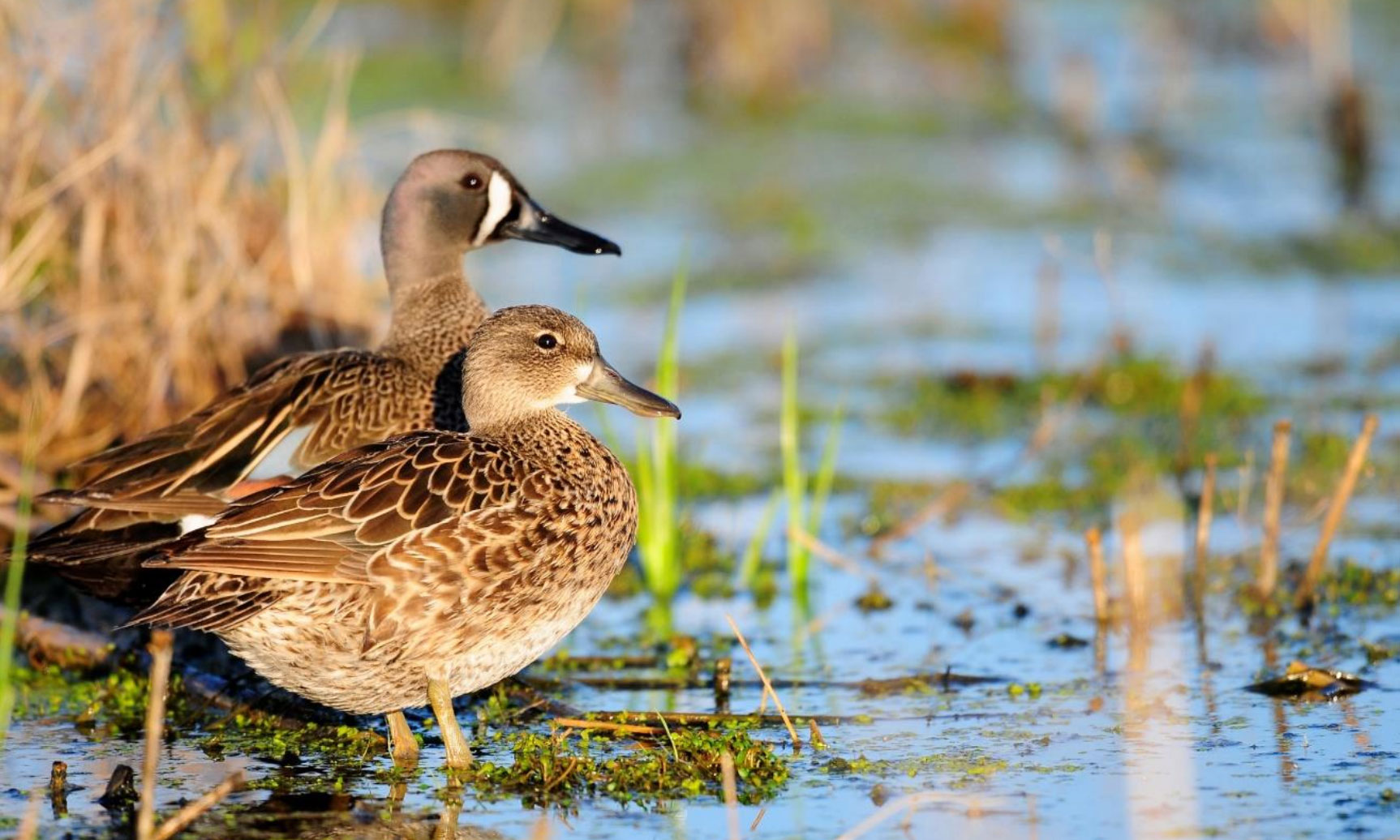Wow, this week’s inventory of the Illinois River had 360,860 total ducks which was 167% greater than the 10-yr average for 3rd week in October. This is an astonishing number of ducks for an October flight, and it exceeded the fall peak number of ducks along the river in 16 of 65 years of data collection. Total ducks this week were 43% higher than the 10-yr average for midNovember. I observed more American green-winged teal, gadwall, and northern shovelers this week than have ever been observed along the Illinois River in October, and it was the 2nd highest number of northern pintail ever observed during an October flight. Amazingly, I still had 7,610 blue-winged teal on the flight; normally blue-winged teal have nearly all departed by this time of year. Total duck numbers along the Mississippi River were not as staggering as the Illinois, but they were still 33% above the 10-yr average; non-mallard dabblers were boosting numbers on the Mississippi. The lower numbers along the Mississippi River are likely due to the fact that several refuges have only partially flooded; namely Cuivre, Cannon, Delair, and Shanks. Total duck numbers along both rivers should offer excellent hunting opportunities for Illinois’ central zone, waterfowl opener this weekend. Let’s hope Mother Nature cooperates and provides some “ducky” weather!
Stay tuned for more updates next week…

